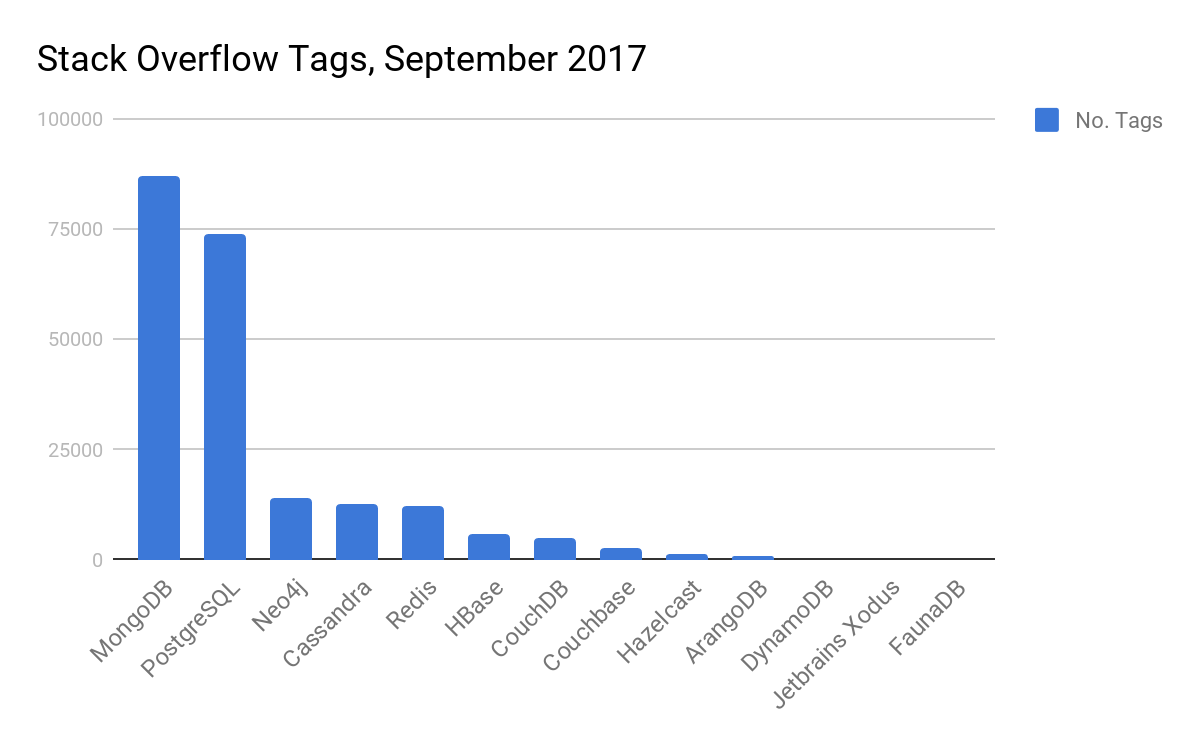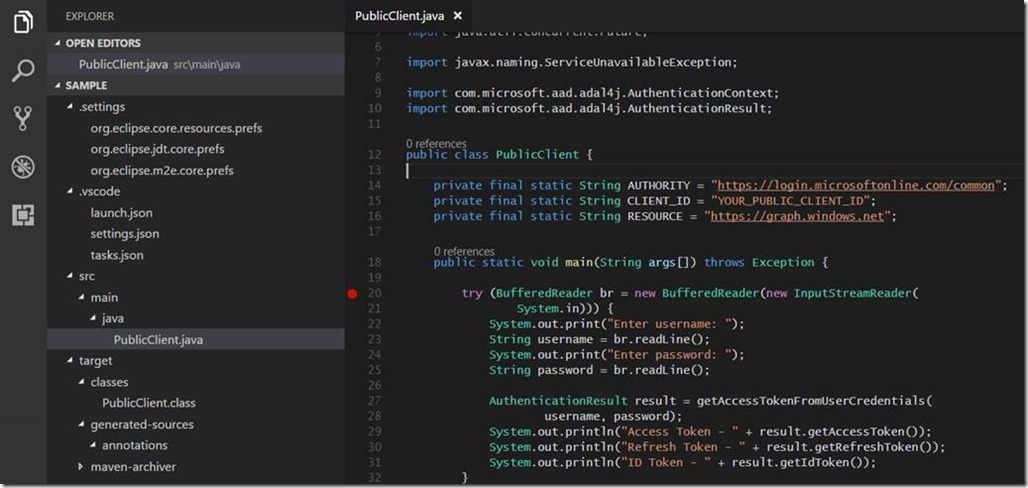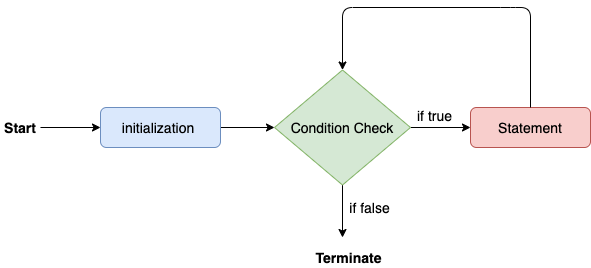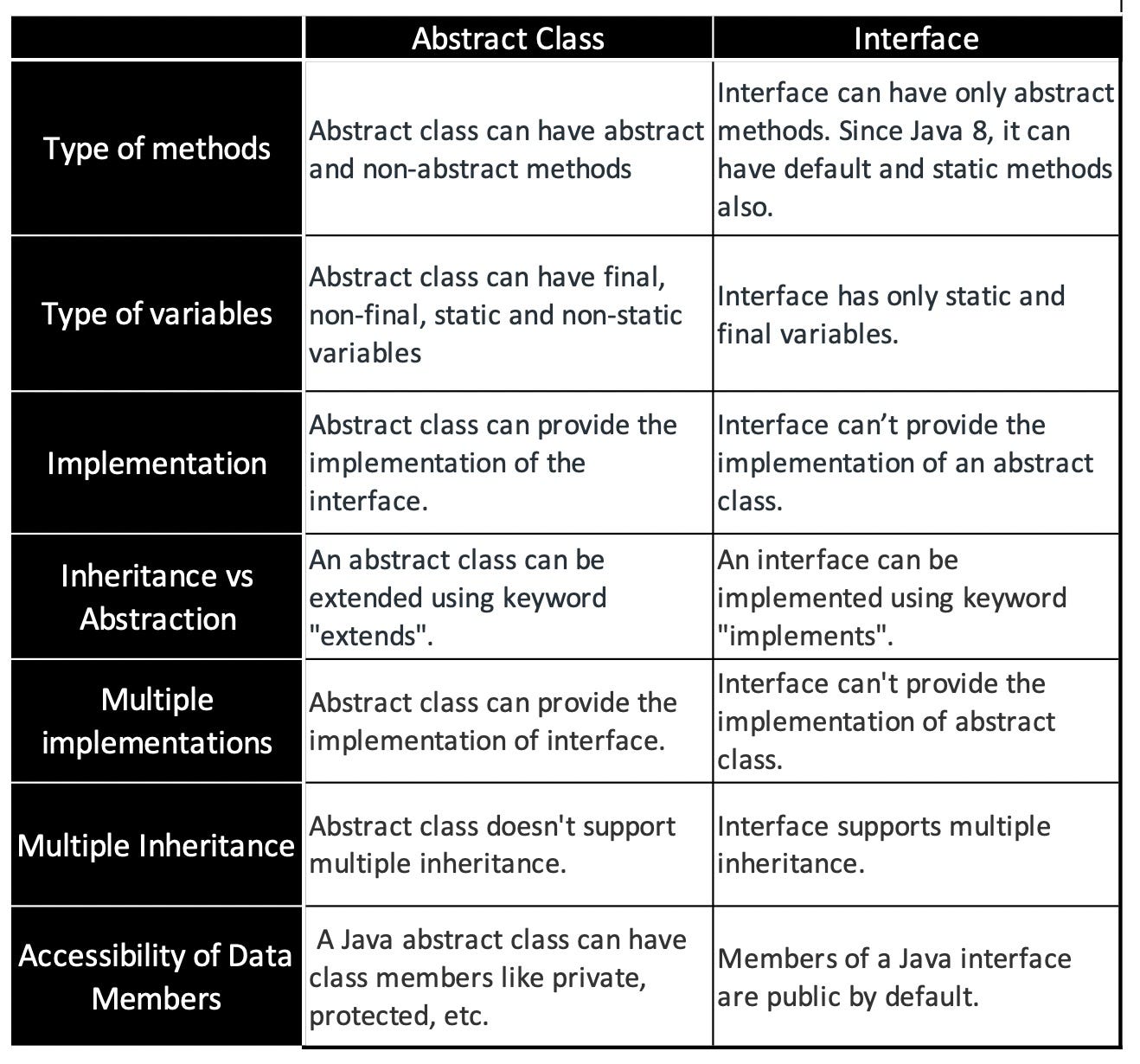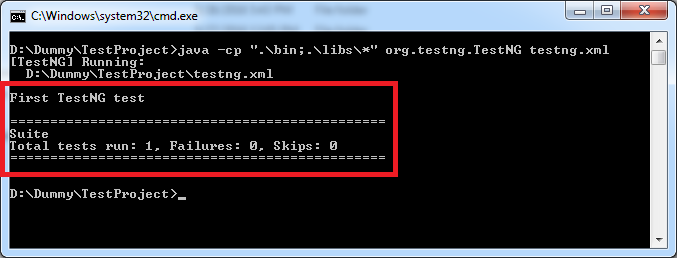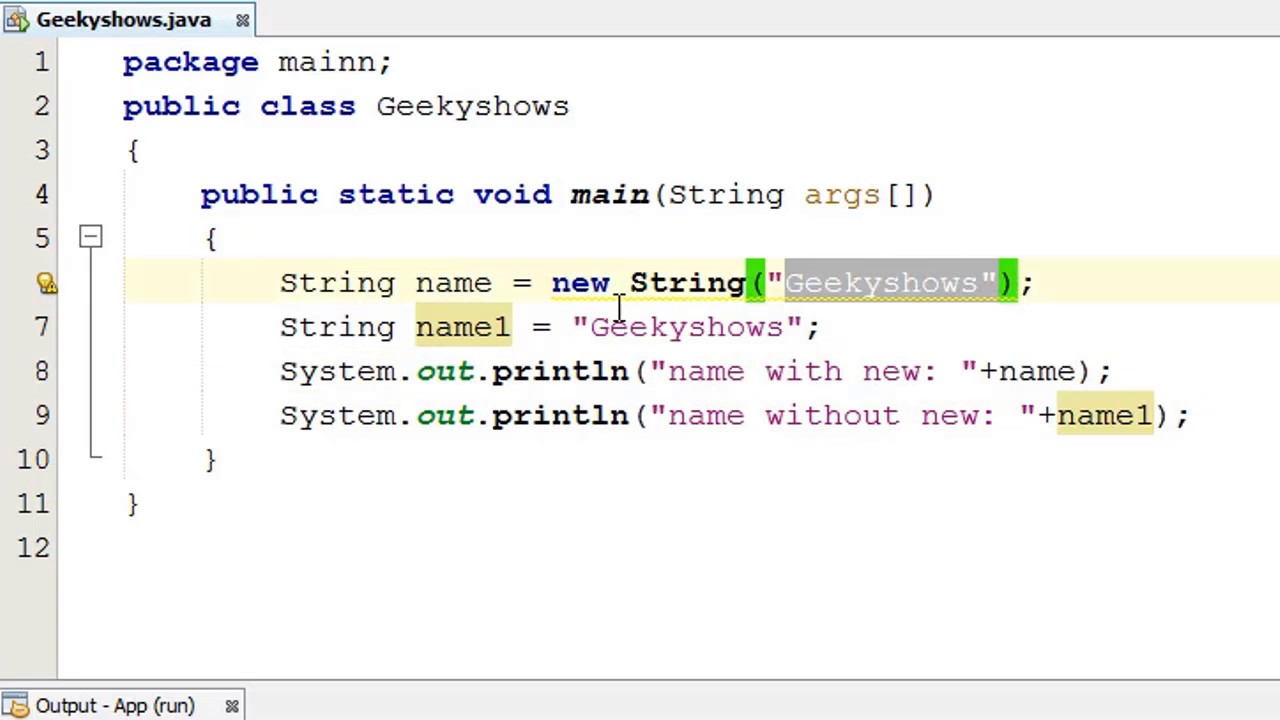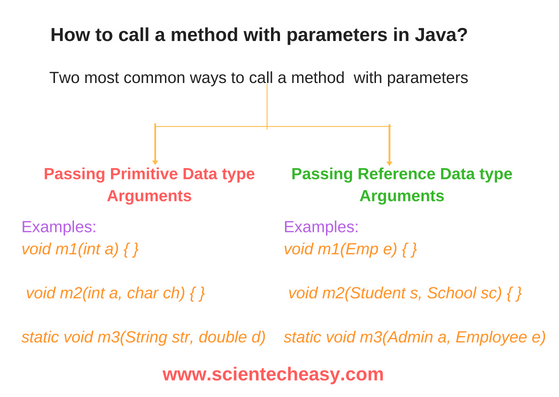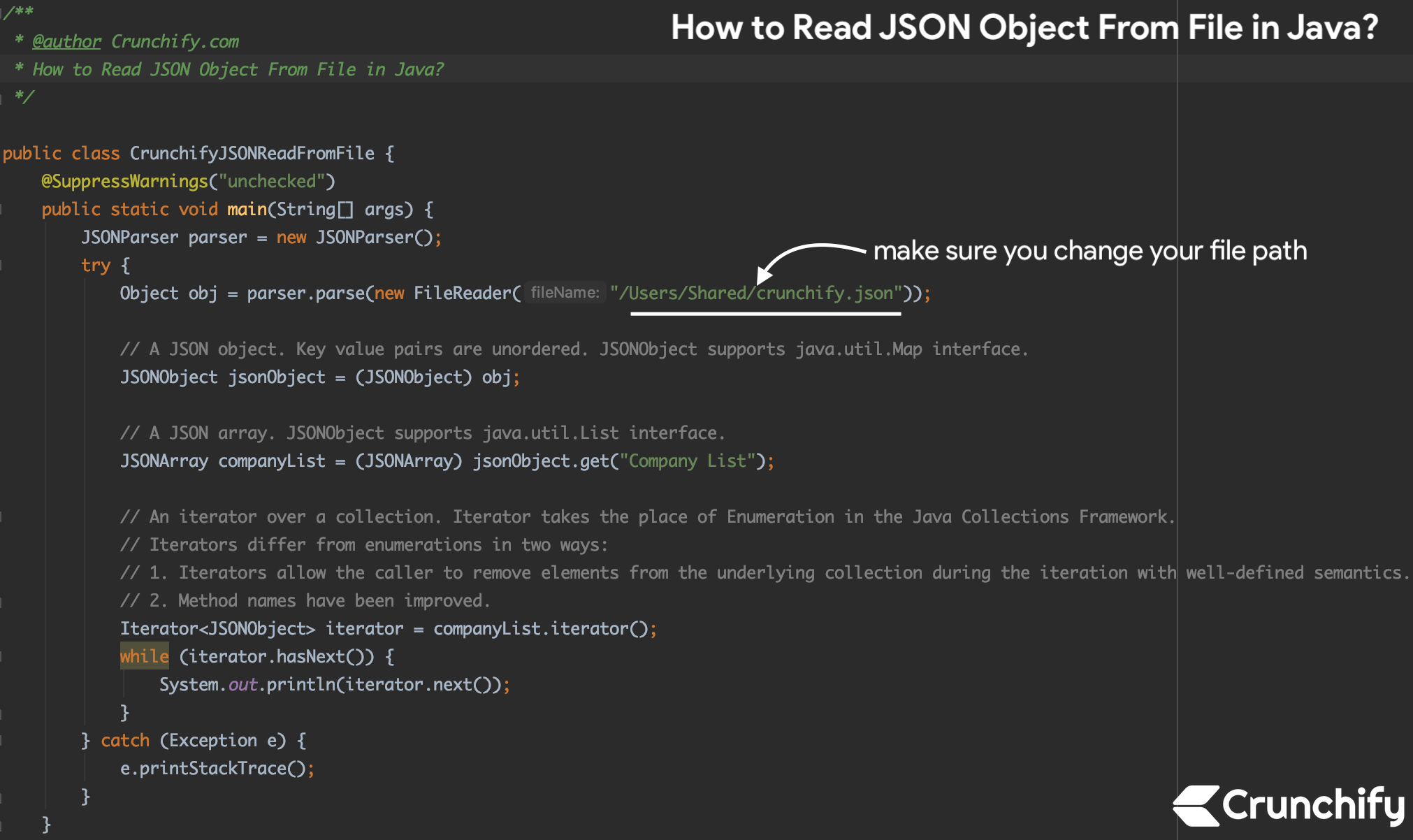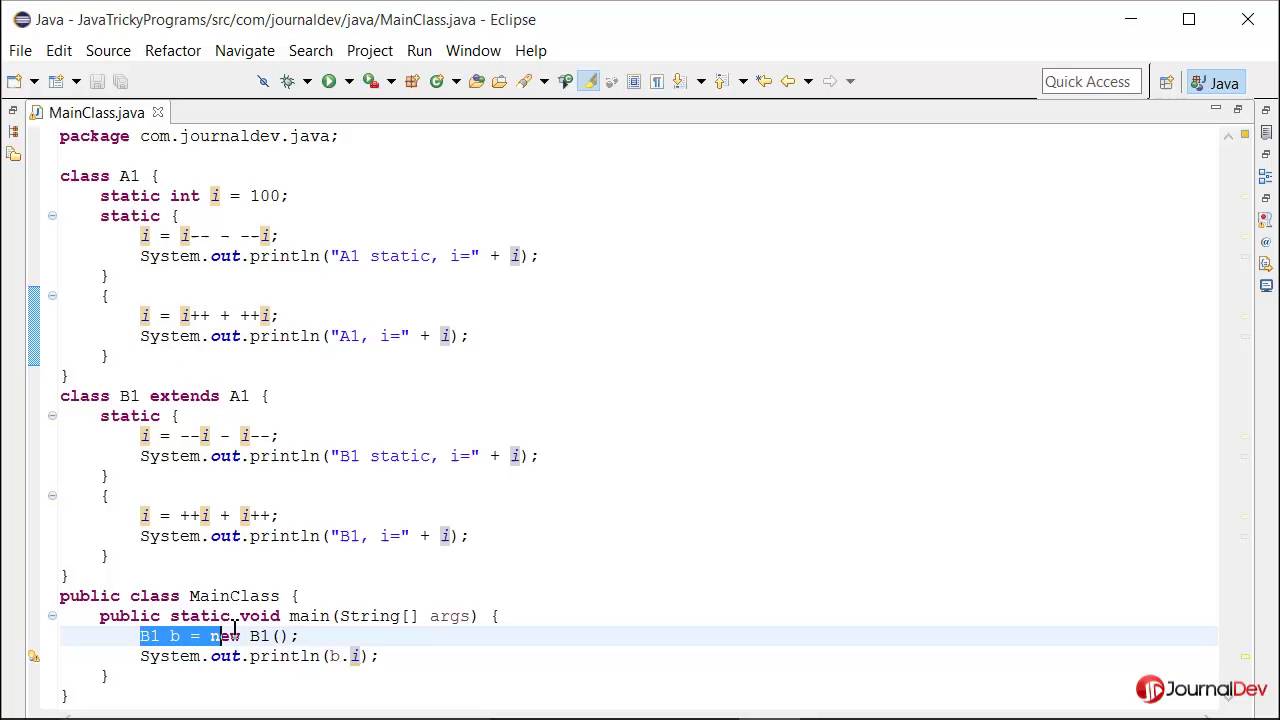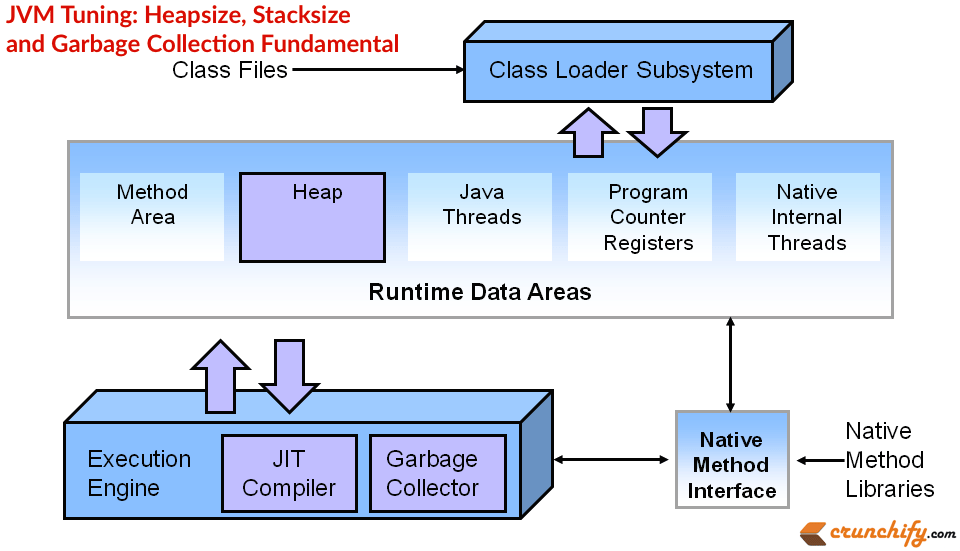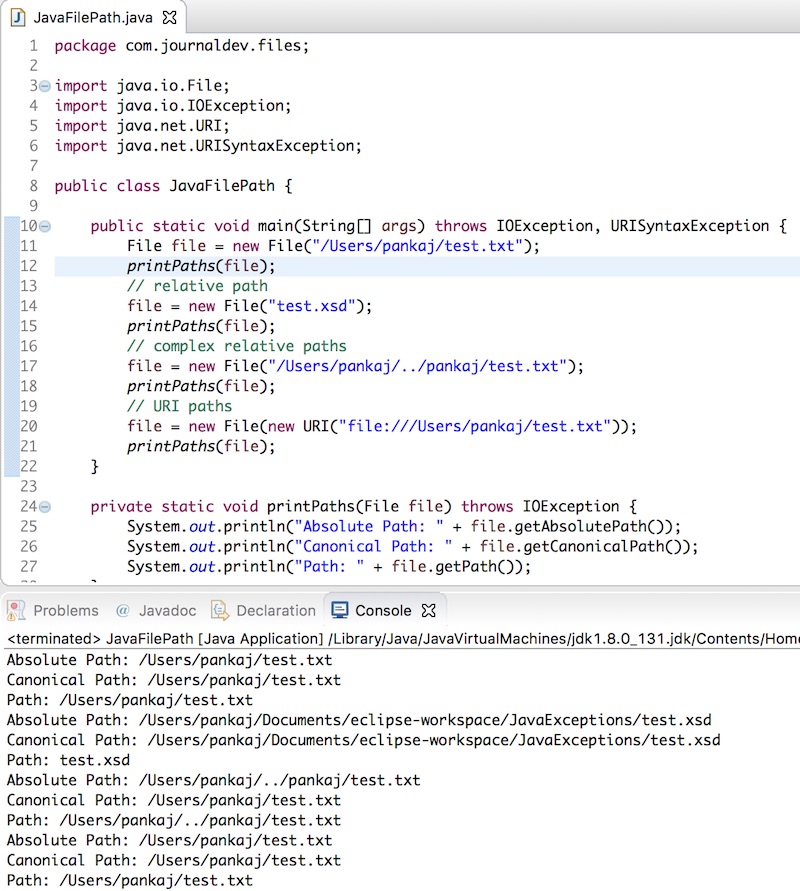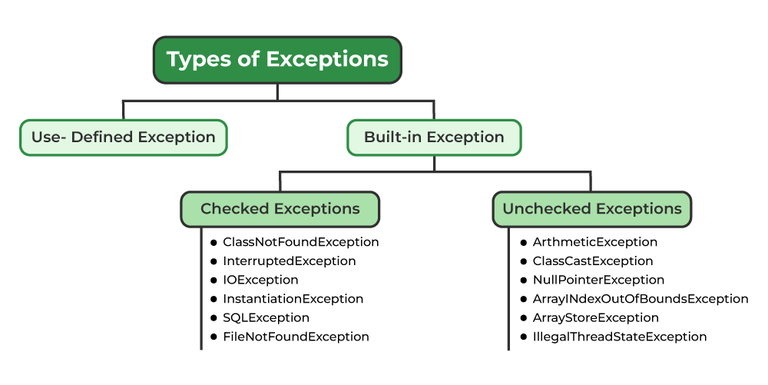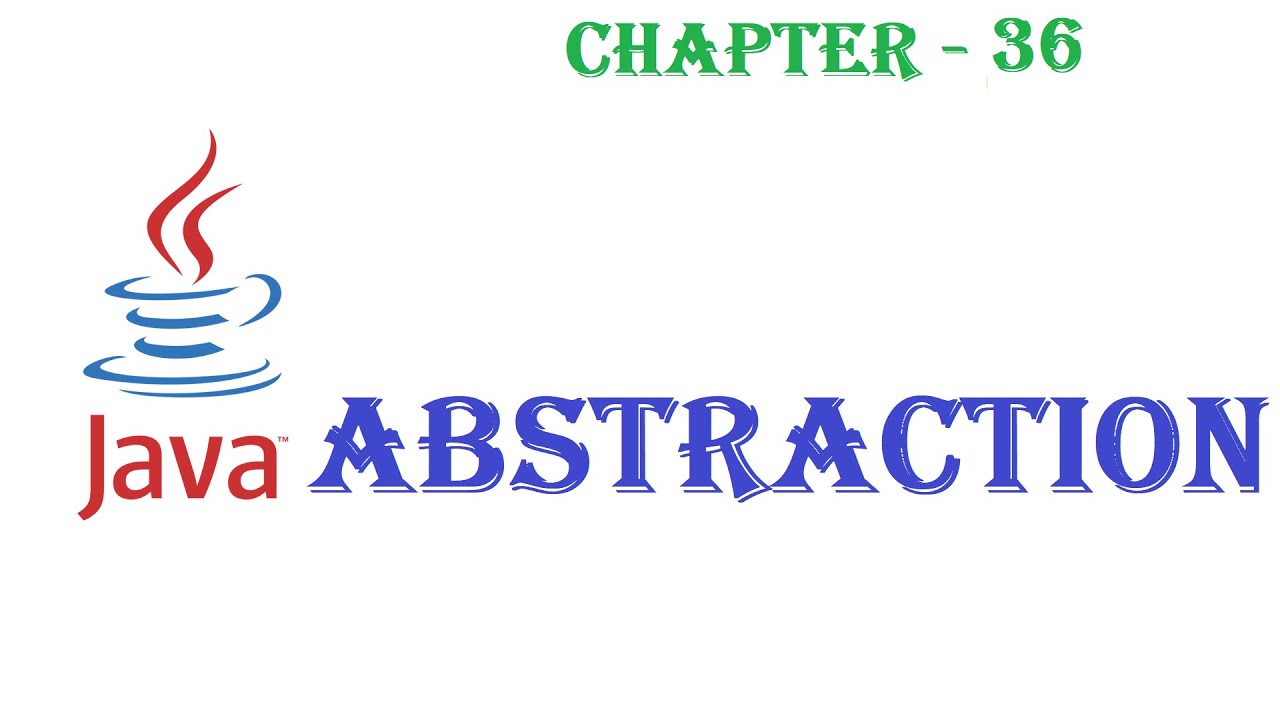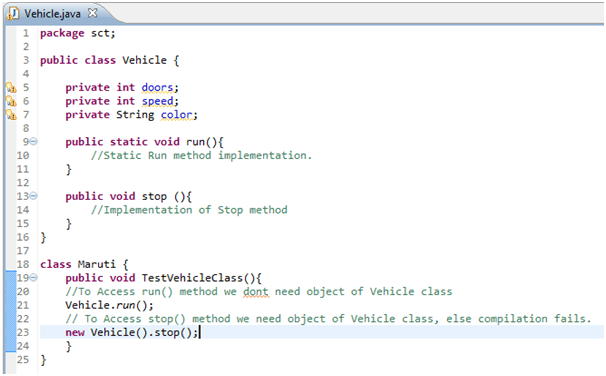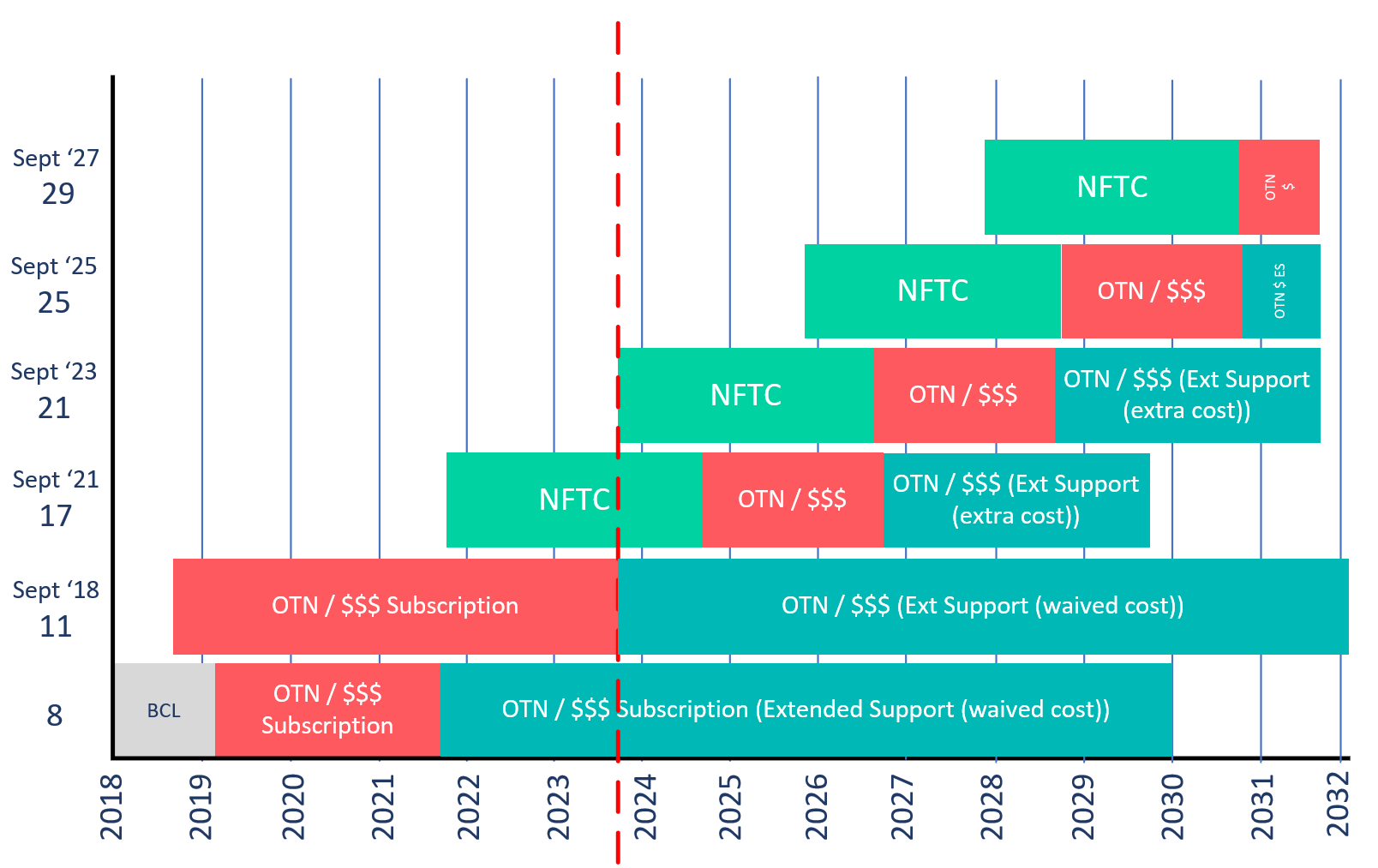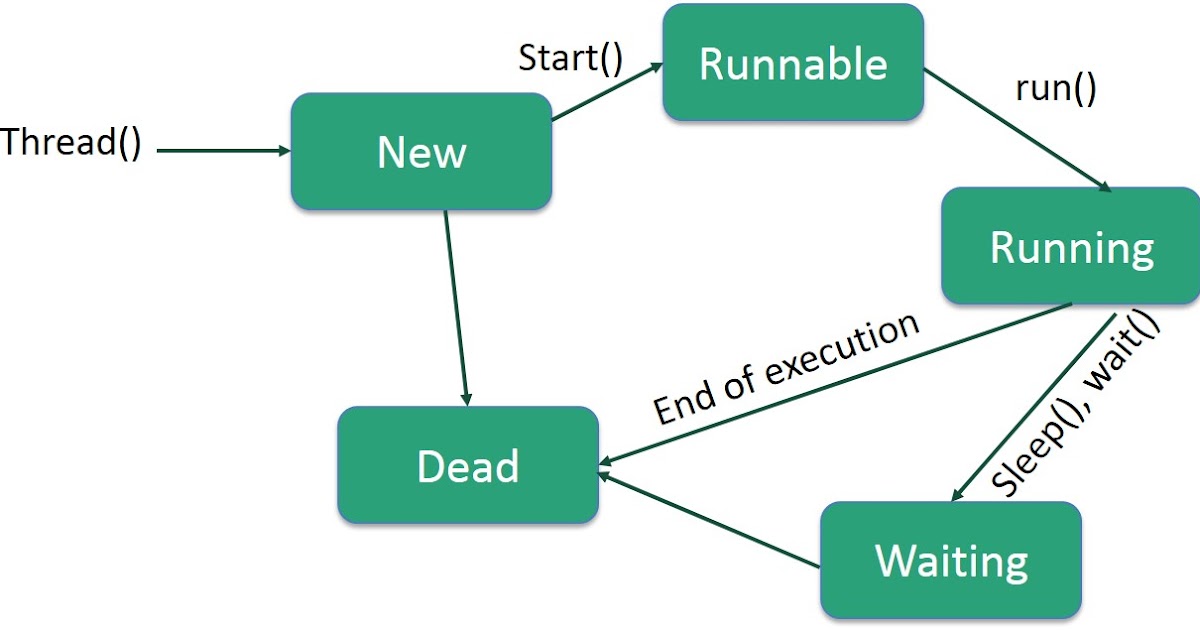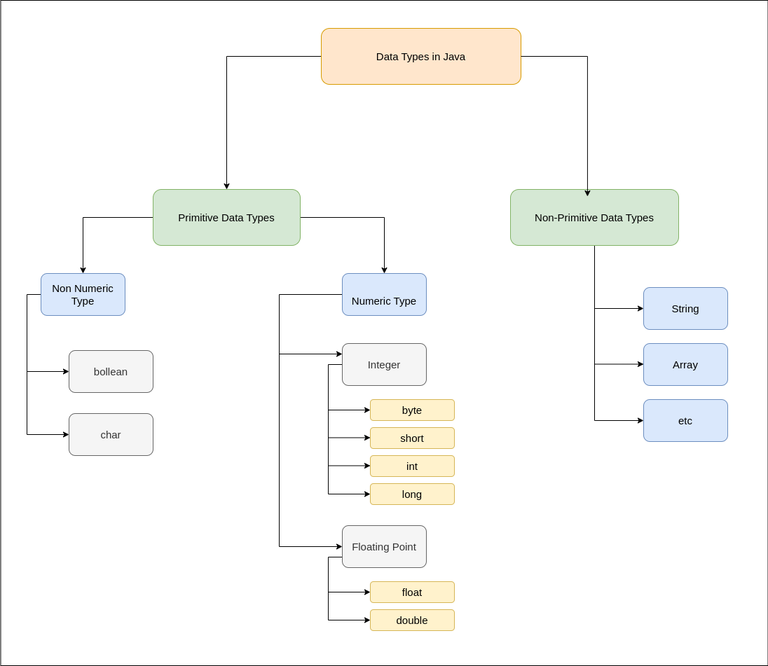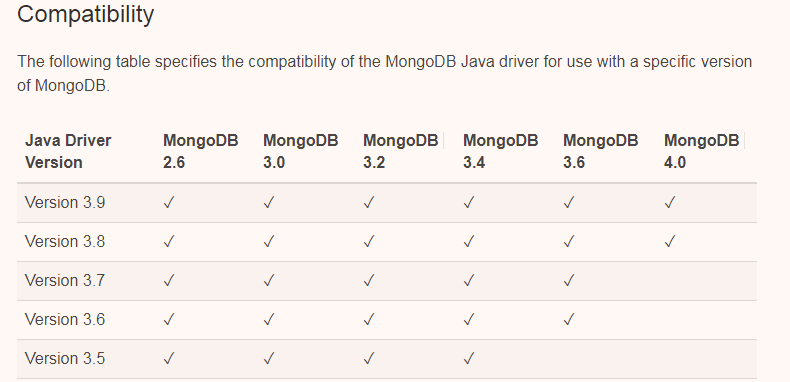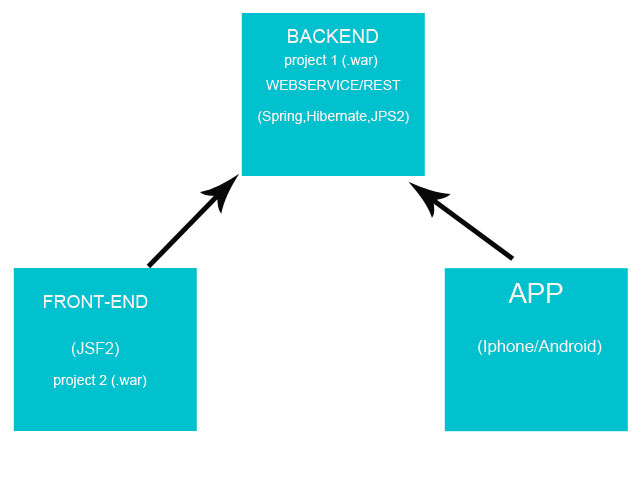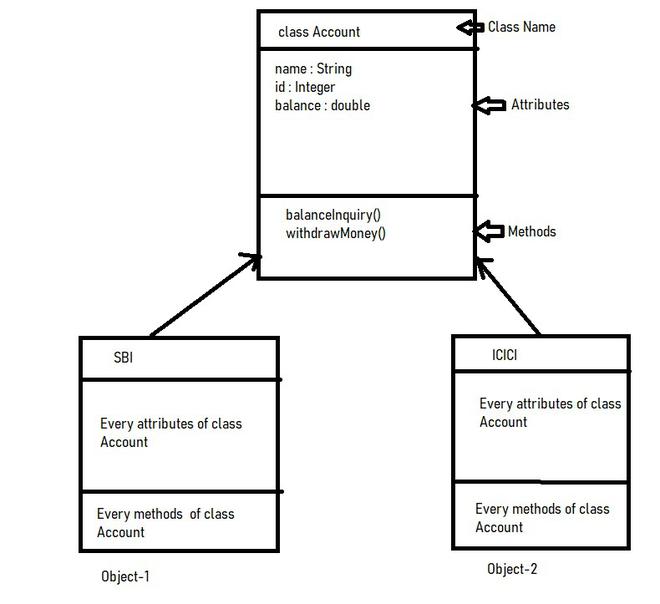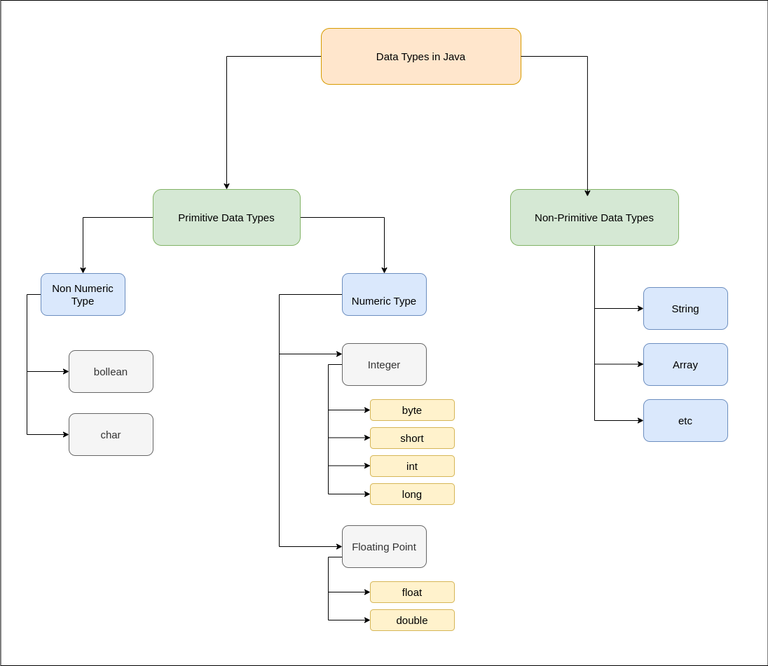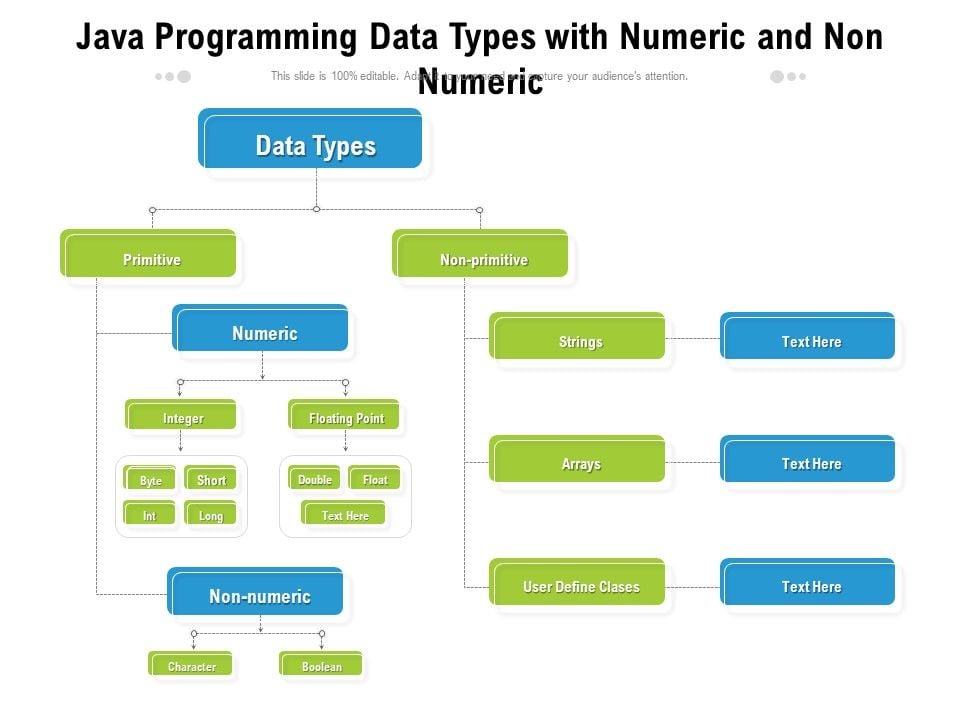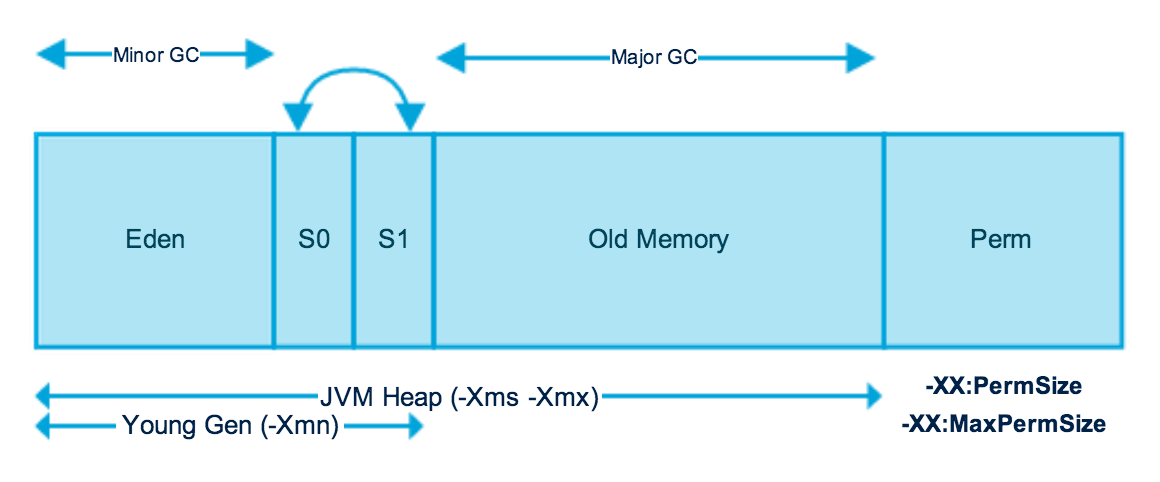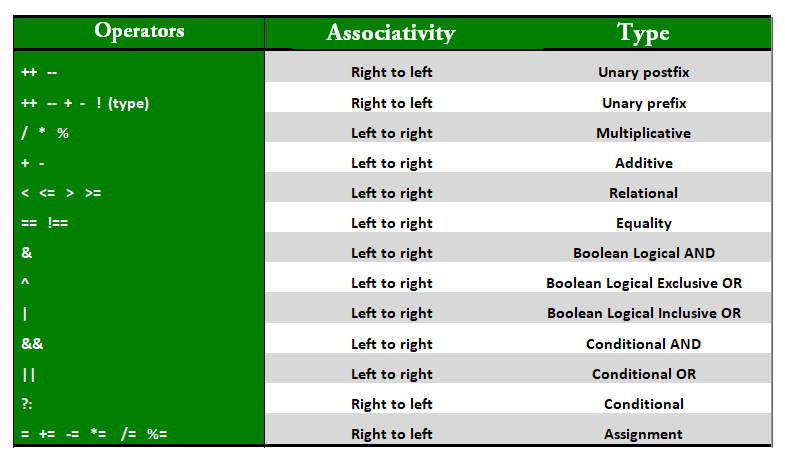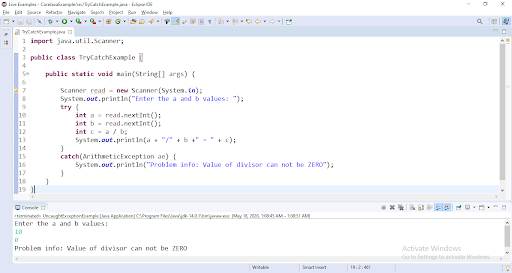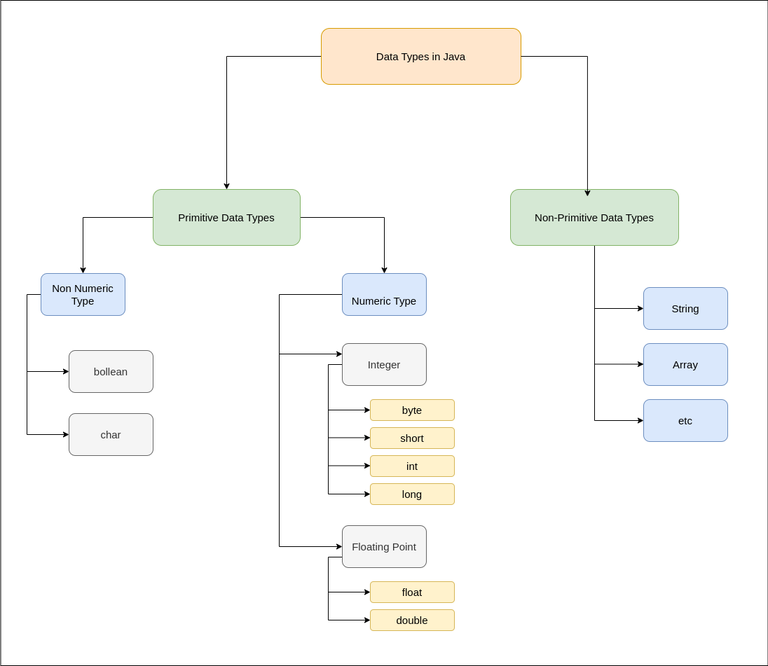Java microservices tutorial
Java microservices tutorial
Here is a comprehensive Java microservices tutorial:
What are Microservices?
Microservices is an architectural style that structures an application as a collection of small, independent services that communicate with each other using lightweight protocols and APIs. Each service runs in its own process and is responsible for a specific business capability.
Advantages of Microservices
Scalability: Microservices allow you to scale individual services independently, without affecting the entire application. Flexibility: Each service can be developed, tested, and deployed separately, allowing for more flexibility in technology choices. Fault Tolerance: If one service fails, it won't take down the entire application. Easier Maintenance: Smaller services are easier to maintain and update than a monolithic application.Java Microservices Tutorial
Let's build a simple e-commerce application using Java microservices. We'll create three services: product, cart, and order.
Service 1: Product Service
Create a new Maven project and add the following dependencies:
org.springframework.boot
spring-boot-starter-webflux
io.projectreactor
reactive-streams-java8
Create a ProductService class that exposes an API to retrieve product information:
@RestController@RequestMapping("/products")
public class ProductService {
@GetMapping("/{id}")
public Mono getProduct(@PathVariable Long id) {
// Retrieve product from database or cache
return Mono.just(new Product(id, "Product Name", 19.99));
}
}
Service 2: Cart Service
Create a new Maven project and add the following dependencies:
org.springframework.boot
spring-boot-starter-webflux
io.projectreactor
reactive-streams-java8
Create a CartService class that exposes an API to add products to the cart:
@RestController@RequestMapping("/cart")
public class CartService {
@PostMapping("/{productId}")
public Mono addToCart(@PathVariable Long productId) {
// Add product to cart database or cache
return Mono.empty();
}
}
Service 3: Order Service
Create a new Maven project and add the following dependencies:
org.springframework.boot
spring-boot-starter-webflux
io.projectreactor
reactive-streams-java8
Create an OrderService class that exposes an API to place an order:
@RestController@RequestMapping("/orders")
public class OrderService {
@PostMapping
public Mono placeOrder() {
// Place order in database or payment gateway
return Mono.empty();
}
}
Communication between Services
To communicate between services, we'll use RESTful APIs and Spring Boot's WebClient to make requests:
@RestController@RequestMapping("/orders")
public class OrderController {
@GetMapping("/{orderId}")
public Flux getOrder(@PathVariable Long orderId) {
WebClient client = WebClient.builder()
.baseUrl("http://product-service:8080/products")
.build();
return client.get().retrieve().bodyToFlux(Order.class);
}
}
In this tutorial, we've built a simple e-commerce application using Java microservices. We created three services: ProductService, CartService, and OrderService, which communicate with each other using RESTful APIs. This architecture allows for scalability, flexibility, fault tolerance, and easier maintenance.
That's it! I hope this tutorial has been helpful in getting you started with building your own Java microservices applications.
java microservices framework
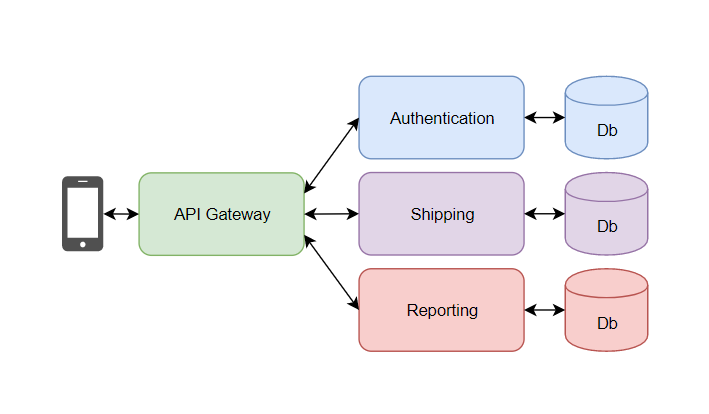
I'm happy to provide an answer in English!
A Java-based microservices framework is essential for building a scalable, maintainable, and efficient system architecture. Here are some popular options:
Spring Cloud: Developed by Pivotal (a subsidiary of VMware), Spring Cloud provides a set of tools for developing cloud-native applications. It includes features like service registration, circuit breakers, and routing. Java MicroProfile: A joint effort between Java EE experts and the Eclipse Foundation, MicroProfile is designed to provide a lightweight, modular framework for building microservices. It's based on Java EE 7 APIs and is supported by several major vendors, including IBM, Red Hat, and Oracle. Vert.x: A reactive microframework developed by Tim Oliveira (the creator of Vert.x) and the Lightbend team. It provides a foundation for building event-driven, scalable applications that can handle high concurrency and traffic. Quarkus: A lightweight, modular framework designed specifically for building cloud-native, Java-based microservices. Quarkus is built on top of Java EE 8 APIs and includes features like service discovery, circuit breakers, and routing. Micronaut: Another popular choice, Micronaut is a modern, fast, and lightweight framework developed by the Gradle team. It provides a foundation for building cloud-native, Java-based microservices that can handle high traffic and concurrency.When choosing a Java-based microservices framework, consider the following factors:
Scalability: Can the framework handle large volumes of traffic and concurrent requests? Ease of use: How easy is it to learn and develop applications using this framework? Integration with existing systems: Does the framework provide seamless integration with other systems, like databases or messaging brokers? Community support: Is there an active community surrounding the framework, providing support and contributing to its growth? Support for modern technologies: Does the framework support modern technologies like containers, Kubernetes, or serverless computing?In conclusion, Java-based microservices frameworks offer a range of options for building scalable, maintainable, and efficient system architectures. When choosing a framework, consider scalability, ease of use, integration with existing systems, community support, and support for modern technologies.
Hope this helps!


